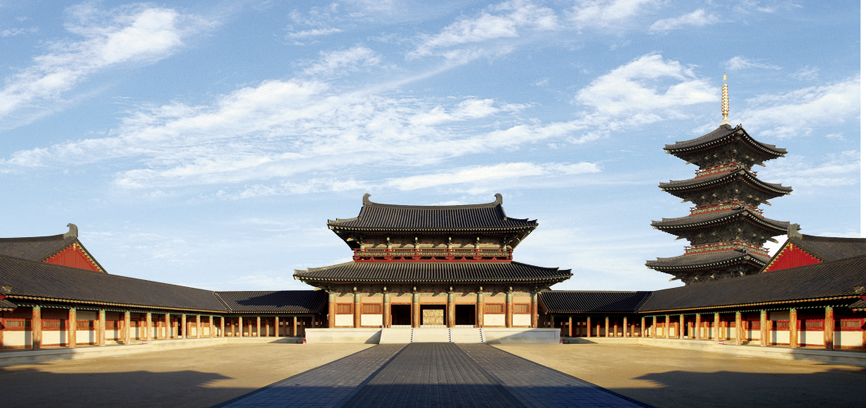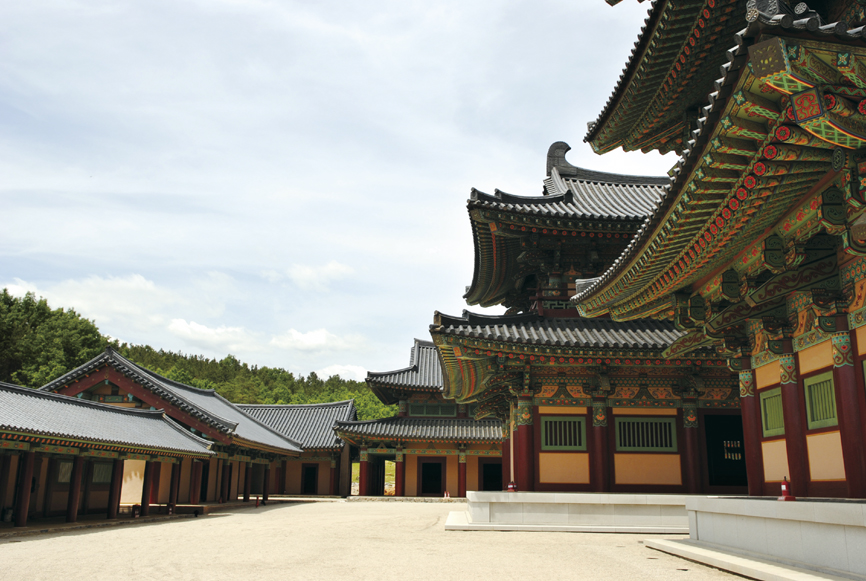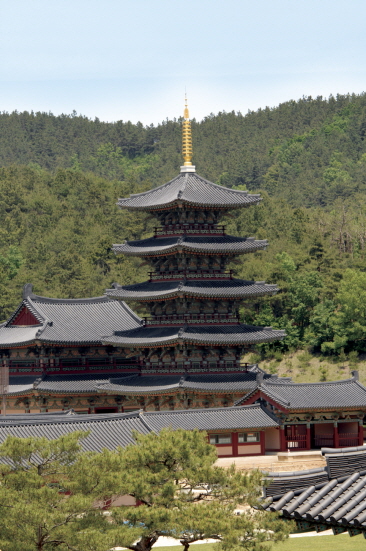About Chungnam
News
[Heart of Korea, Chungnam]Baekje Cultural Land
Touched by Newly Born Baekje Era
2011.01.05(수) | CNnews (![]() chungnamdo@korea.kr)
chungnamdo@korea.kr)
It contains Sabi Palace, the royal palace of Baekje, Neungsa, Baekje's representative Buddhist temple, the Life and Culture Village to show the housing culture according to social class, Wirye Castle, the royal castle in early Baekje, Tumuli Park to present Baekje's major tombs, and the Baekje History and Culture Center to provide an overall look at Baekje history and culture. With the Lotte Buyeo Resort within the perimeter, the complex also provides leisure and entertainment in addition to historical and cultural experiences.

▲ The Baekje Cultural Land reproduced the Baekje palace and the living and cultural spaces of each social class. After living through ancient history and appreciating various buildings, visitors can take a comfortable break at the condominium. It is expected to serve as a history- and education-themed resort.
Sabi Palace of Baekje
Reproducing the royal palace of Baekje for the first time, it is in a square configuration around Cheonjeongjeon, the center of the palace, and has 14 buildings over the total area of 4,492㎡. It was built according to the basic configuration of ancient royal palaces. The symbolic space of a royal palace, Cheonjeongjeon was used for major national and royal events such as the New Year’s ceremony and reception of foreign envoys. The grand and splendid two-story building stands at 19m and spans over 337㎡.

Neungsa, Baekje's Major Buddhist Temple
Its original name was not identified, and thus it was named after its area. It was excavated in Neungsan-ri, Buyeo-eup, Buyeo-gun and reproduced in the exact same size at the Baekje Cultural Land. Following the configuration of other Buddhist temples such as Jeongrim, Wangheung, and Iksan Mireuk, it consists of a total of 13 buildings, of which the five-story wooden pagoda is as tall as a 13-story building with an area of 55㎡ and height of 38m.

Baekje Life and Culture Village
This is a reproduction of housing styles according to social classes within Sabi Castle, and depicts the way people lived in those days. There were 16 ranks below the king during Baekje, and the Village presents the housing styles according to four major classes (noblemen, military officials and common people).

The house of military officials is modeled after the house of General Gyebaek and shows military aspects; the nobleman’s house reproduced the life of a civil servant; the house of middle grade people shows that of the scholars in charge of professional education in Baekje; and the house of common people reproduced the house of handicraft workers recorded in Baekje documents such as Buddha image sculptors, metal processing technicians, and potters and show their life and culture in an interesting manner.

Wirye Castle, an Early Baekje Building
The castle shows features of life in the early stage of Baekje and consists of a total of 30 buildings including military and administrative affairs buildings, guard posts, houses above the ground, and dugout huts. It reproduces the royal palace at the time of Baekje’s foundation with a mud castle for defense and moats in front.





